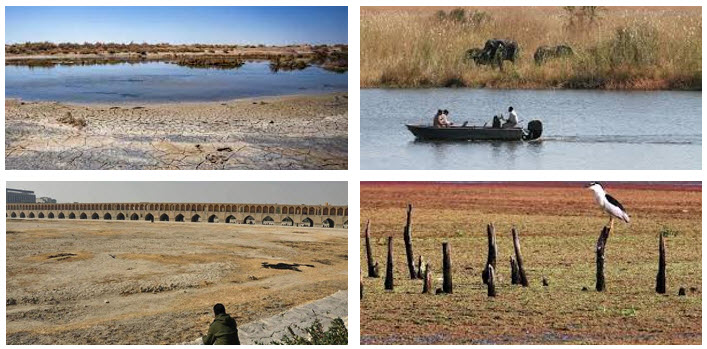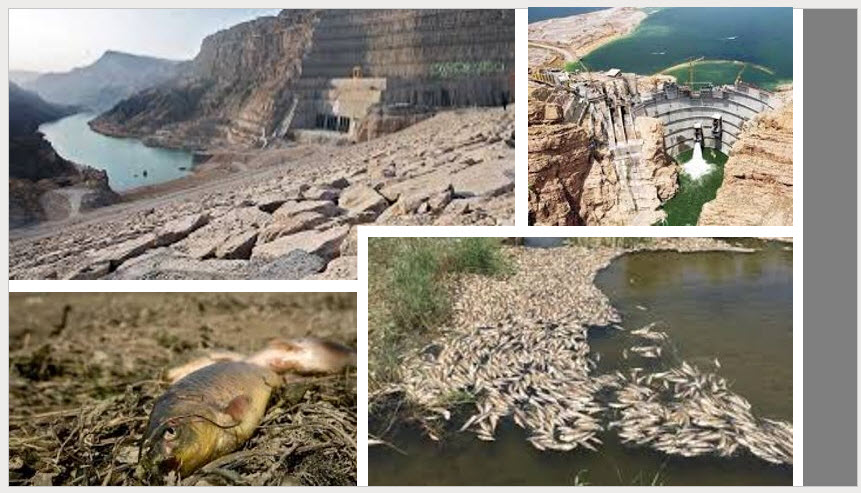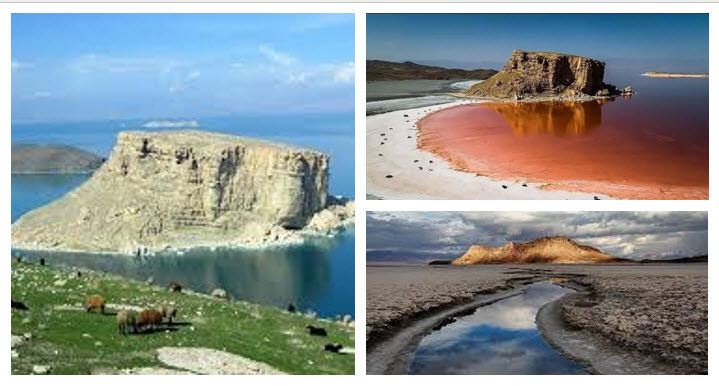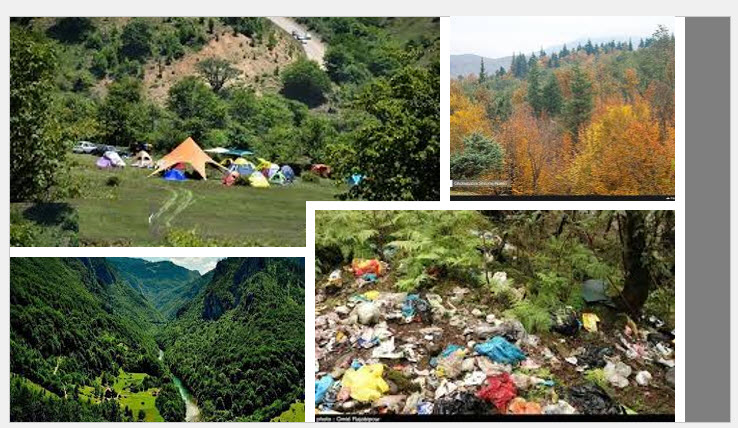
according to statistics, there are more than 400 large infrastructure projects in the country that lack the necessary environmental permits.
Environment protection is essential in all advanced nations. However, the regime is the cause of environmental destruction in Iran. The nation’s water resources are the most important environmental resources that the regime has destroyed in recent years. Not only does the destruction of these resources harm human and animal health, but it also affects local demographics, creates social problems in the areas around these regions, and weakens national security.
The state-run Etemad daily recently wrote about the corruption of the regime in large infrastructure projects that endanger the environment, stating that “according to statistics, there are more than 400 large infrastructure projects in the country that lack the necessary environmental permits.
Naturally, such unlicensed projects should be stopped by the environmental organization. But these projects not only have not been stopped to date but according to wrong procedures, large budget allocations have been made for them so that their owners can continue their destructive activities.”
They added, “This is even though in the end, these projects lead to the destruction of the environment and destroy intergenerational wealth.”

When it comes to the regime’s environmental organization, we are up against incompetent officials who are one of the primary causes of decades of ecological destruction and have done serious, irreparable harm to Iran’s environment.
One of the most glaring examples of Iran’s environmental destruction is the drying up of Lake Urmia, which is situated in the northwest of the country. This lake has largely been depleted of its natural water resources over the last four decades as a result of numerous non-scientific and inappropriate agricultural activities.
More than half of the 18 million hectares of forest land have been lost in recent decades. In the north of the nation, 42% of the forests are in decline, and since 1996, 300–350 hectares have been harmed by pests and diseases.
For instance, Ruscus Hyrcanus, a boxwood species native to Iran, is currently used to make AIDS and anti-cancer drugs, but so far, about 40 million of them have been lost.

This has led to a crisis in this area that is hazardous and polluting. Etemad also wrote about the destruction of Lake Urmia.
The area of the Caspian Hyrcanian mixed forests, which are in the country’s north and are listed as a UNESCO natural heritage, is shrinking by 3,000 hectares annually. Iran is home to the world’s last remaining natural reserves of broad-leaved trees with distinctive characteristics, as well as forests with 90 tree species, 211 shrub species, and other native species. Currently, 400,000 cubic meters of wood are harvested annually by two sawmills located to the east and west of this region.
Hyrcanian forestlands are used as dump sites for 400 hectares of forestland and 2 million cubic meters of timber each year. By allowing contaminated leachates to leak, these sites have put an end to the area’s 50-million-year sustainability. The Zagros forests are not in much better shape than what is going on in the country’s north and northwest. Environmental destruction is still occurring and 2 million hectares of oak forests have dried up in just four years.

Hyrcanian forestlands are used as dump sites for 400 hectares of forestland and 2 million cubic meters of timber each year.

